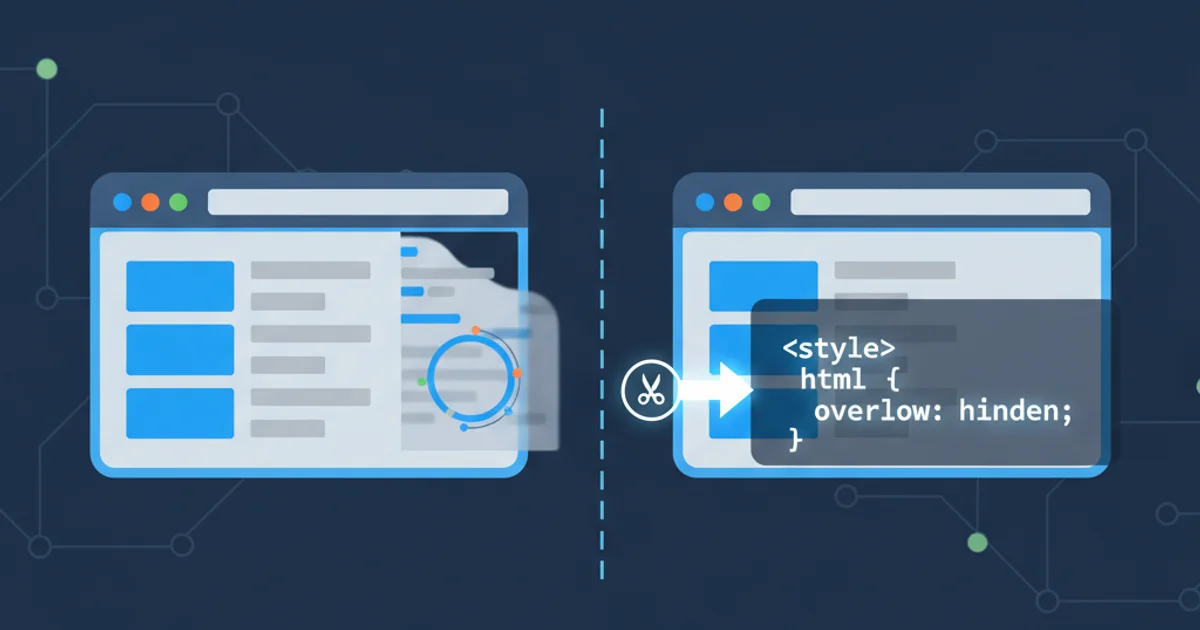What are the -Xms and -Xmx parameters when starting JVM?
Categories:
Understanding JVM Memory: -Xms and -Xmx Parameters

Explore the critical JVM parameters -Xms and -Xmx, which control the initial and maximum heap memory allocation for Java applications, and learn how to optimize them for performance.
When running Java applications, managing memory effectively is crucial for performance and stability. The Java Virtual Machine (JVM) provides several command-line options to fine-tune its behavior, particularly concerning memory allocation. Among the most important are -Xms and -Xmx, which directly control the JVM's heap memory. Understanding these parameters is fundamental for any Java developer or system administrator.
What is JVM Heap Memory?
The heap is the runtime data area from which memory for all class instances and arrays is allocated. It's a critical part of the JVM's memory management, where objects are stored. When an object is no longer referenced, it becomes eligible for garbage collection, which reclaims memory from the heap. The size of the heap directly impacts how many objects your application can create and how frequently garbage collection occurs.
flowchart TD
A[Java Application Start] --> B{JVM Initialization}
B --> C[Allocate Initial Heap (-Xms)]
C --> D[Application Runs]
D --> E{Memory Needed?}
E -- Yes --> F[Allocate More Heap (up to -Xmx)]
E -- No --> G[Continue Running]
F --> D
G --> H[Application Exit]JVM Heap Memory Allocation Flow
The -Xms Parameter: Initial Heap Size
The -Xms parameter sets the initial heap size for the JVM. This is the amount of memory the JVM will allocate to the heap when it starts up. Setting an appropriate initial size can prevent the JVM from having to frequently expand the heap during the application's early stages, which can introduce performance overhead. If -Xms is set too low, the JVM might spend a lot of time resizing the heap, leading to pauses and slower startup times.
java -Xms512m -jar MyApplication.jar
Setting initial heap size to 512 megabytes
The -Xmx Parameter: Maximum Heap Size
The -Xmx parameter sets the maximum heap size that the JVM can use. This is a hard limit; if your application attempts to allocate more memory than this limit, it will result in an OutOfMemoryError. Setting -Xmx is crucial for preventing your application from consuming all available system memory, which could lead to system instability or other applications crashing. It also helps the garbage collector operate within a defined boundary.
java -Xmx2g -jar MyApplication.jar
Setting maximum heap size to 2 gigabytes
-Xms and -Xmx to the same value. This prevents the JVM from having to resize the heap dynamically, which can cause performance hiccups due to garbage collection and memory allocation overhead. However, this also means the JVM will immediately reserve the maximum memory, even if not all of it is used initially.Units and Best Practices
The values for -Xms and -Xmx can be specified in bytes, kilobytes (k or K), megabytes (m or M), or gigabytes (g or G). For example, 256m means 256 megabytes, and 4g means 4 gigabytes.
When determining the optimal values, consider the following:
- Application Requirements: Profile your application to understand its typical memory usage under various loads.
- Available System Memory: Do not allocate more memory than your system physically has, as this will lead to swapping and severe performance degradation.
- Other JVM Processes: If multiple JVMs are running on the same machine, ensure their combined
-Xmxvalues do not exceed available memory. - Garbage Collection: A larger heap can reduce the frequency of minor garbage collections but might increase the duration of full garbage collections. A smaller heap might lead to more frequent, but shorter, garbage collections.
- Monitoring: Use tools like JConsole, VisualVM, or
jstatto monitor heap usage and garbage collection activity to fine-tune your settings.
# Example of setting both initial and maximum heap size
java -Xms1g -Xmx2g -jar MyServerApp.jar
# Example for a small application
java -Xms128m -Xmx512m -jar MyClientApp.jar
Common usage of -Xms and -Xmx parameters
-Xmx too high can lead to excessive garbage collection pauses if the heap becomes very large, or worse, OutOfMemoryError if the system runs out of virtual memory. Setting -Xms too low can lead to frequent heap resizing and increased garbage collection activity during startup.